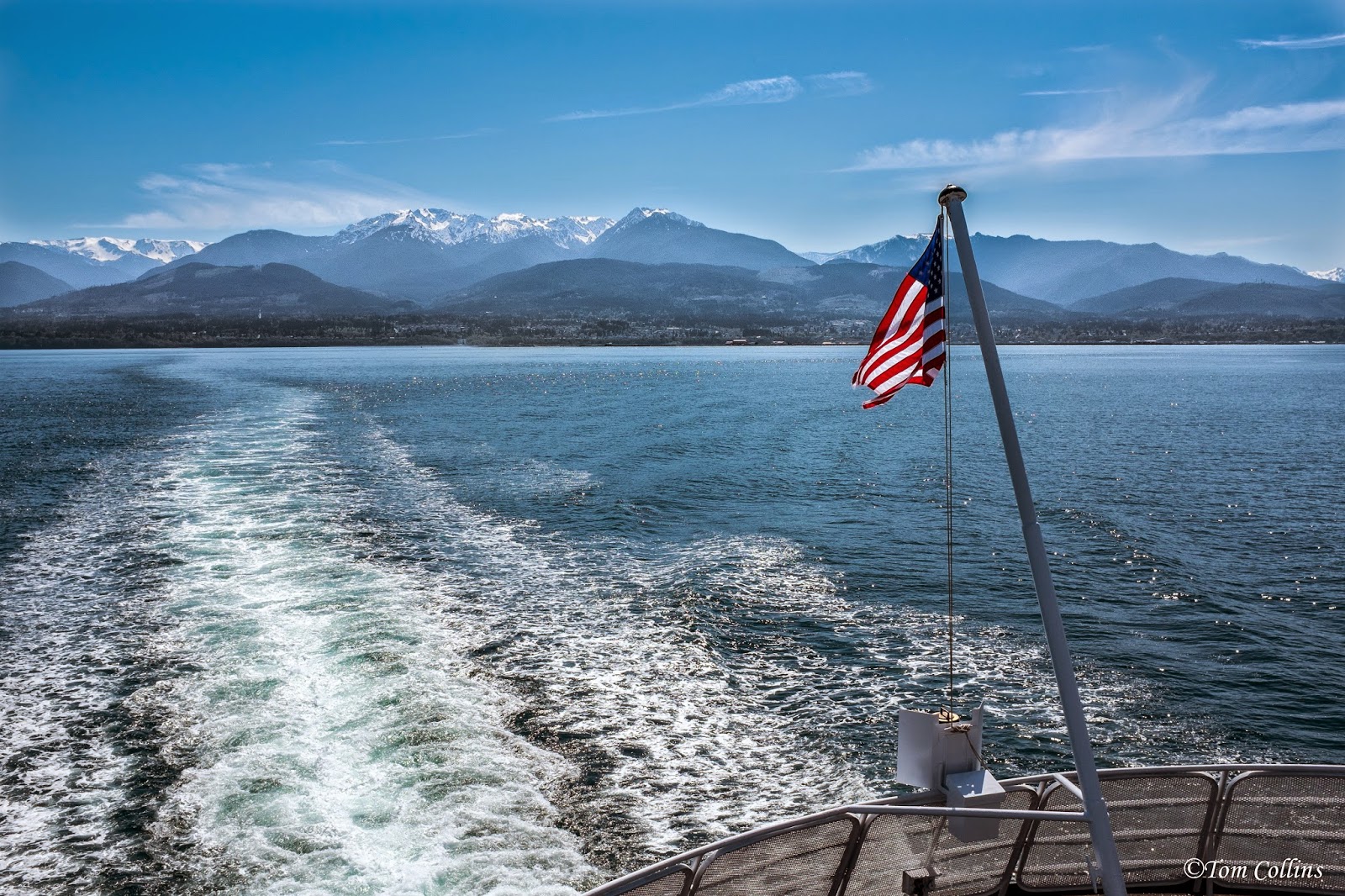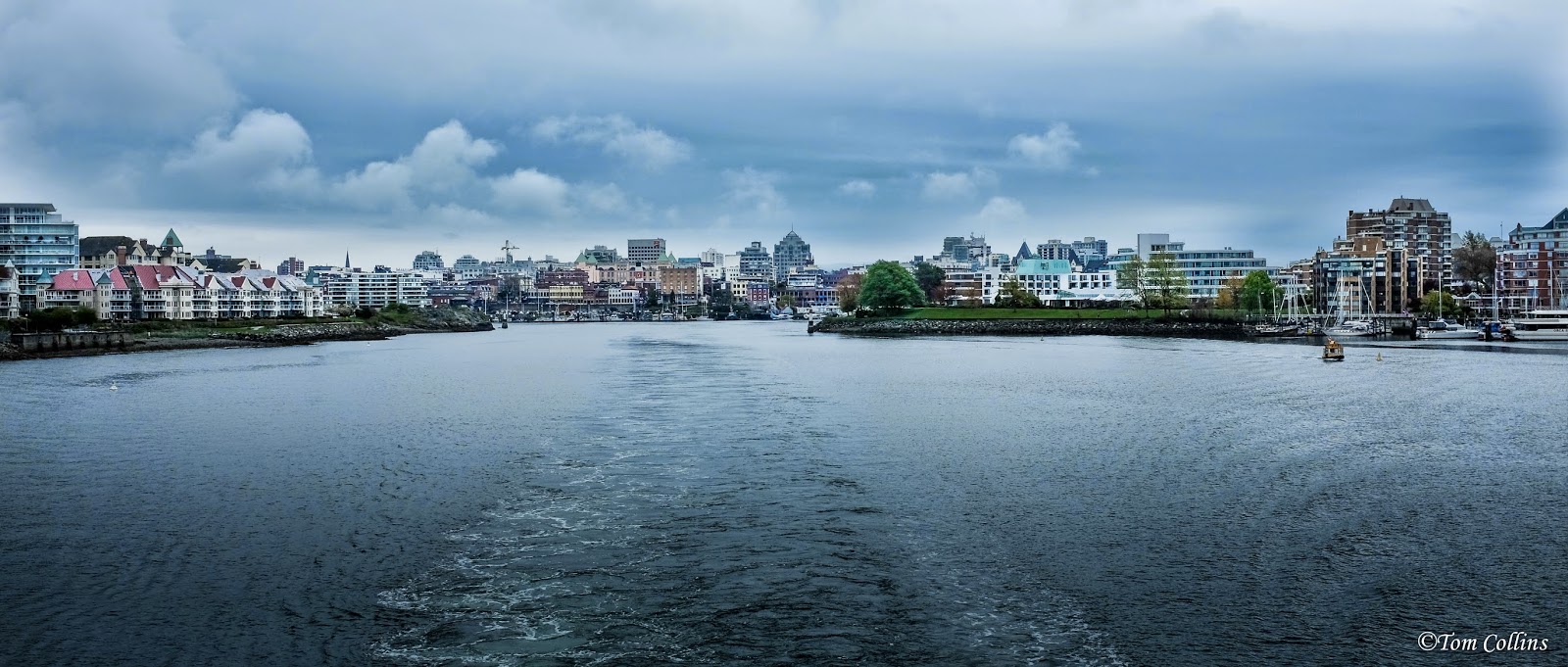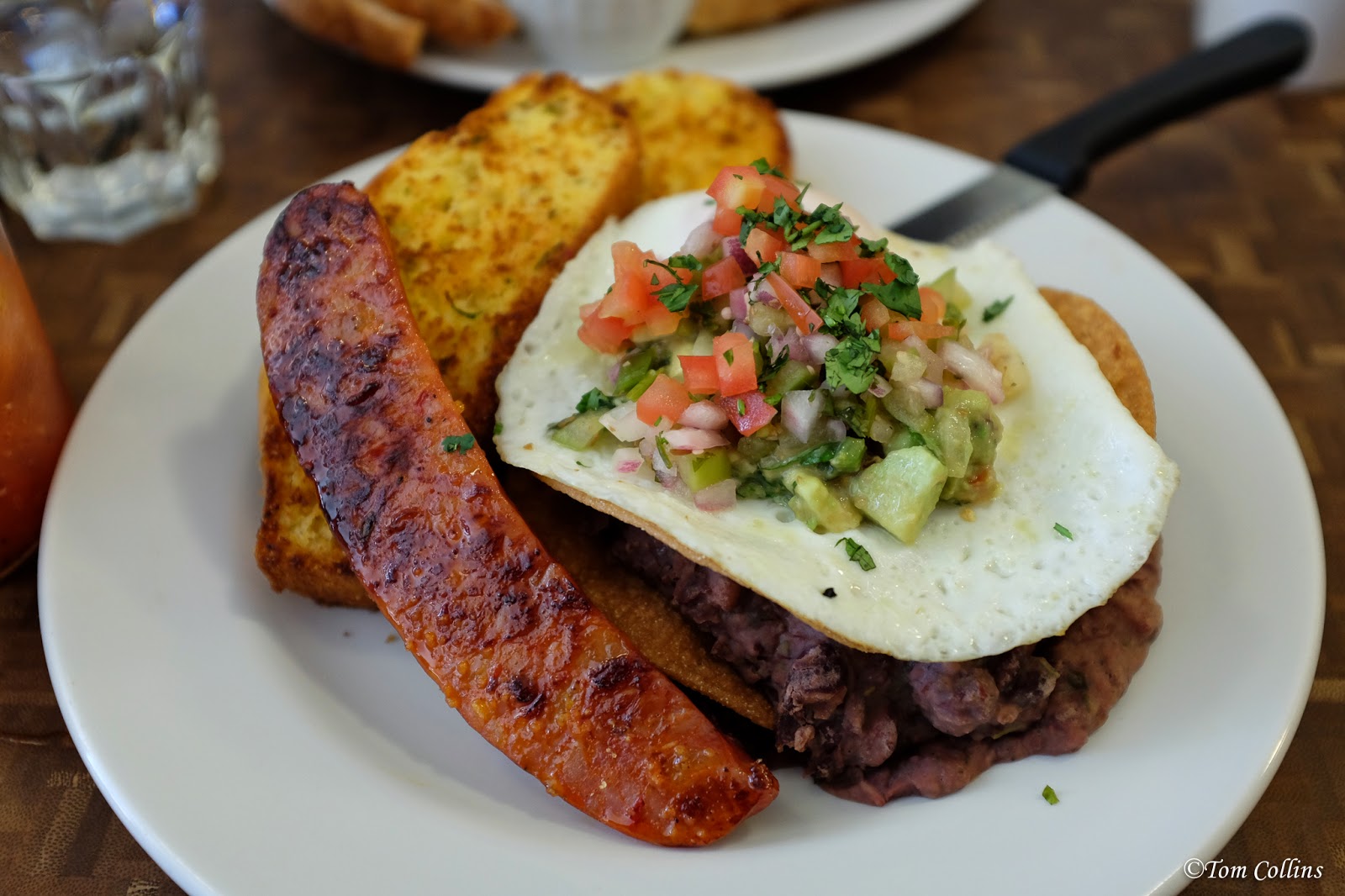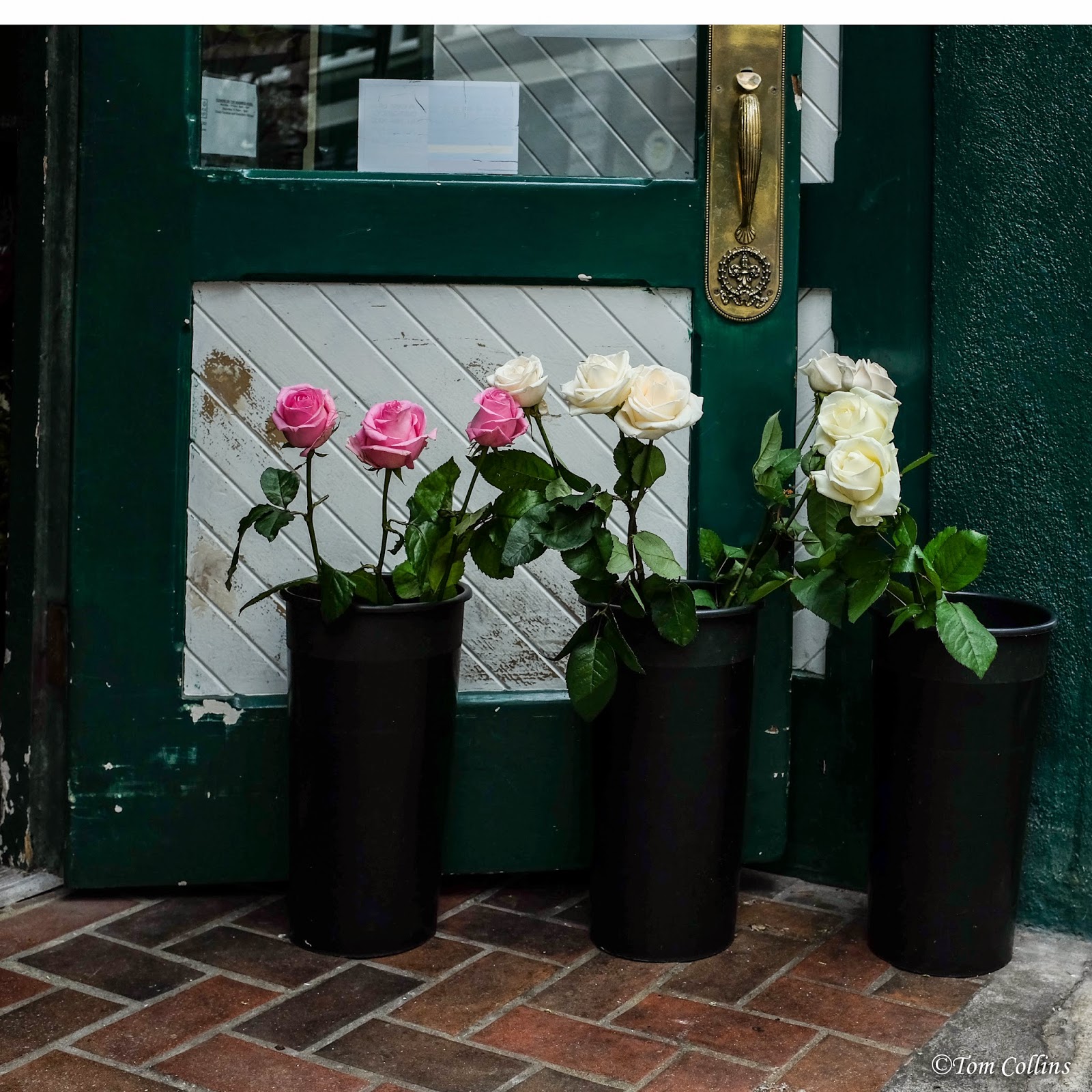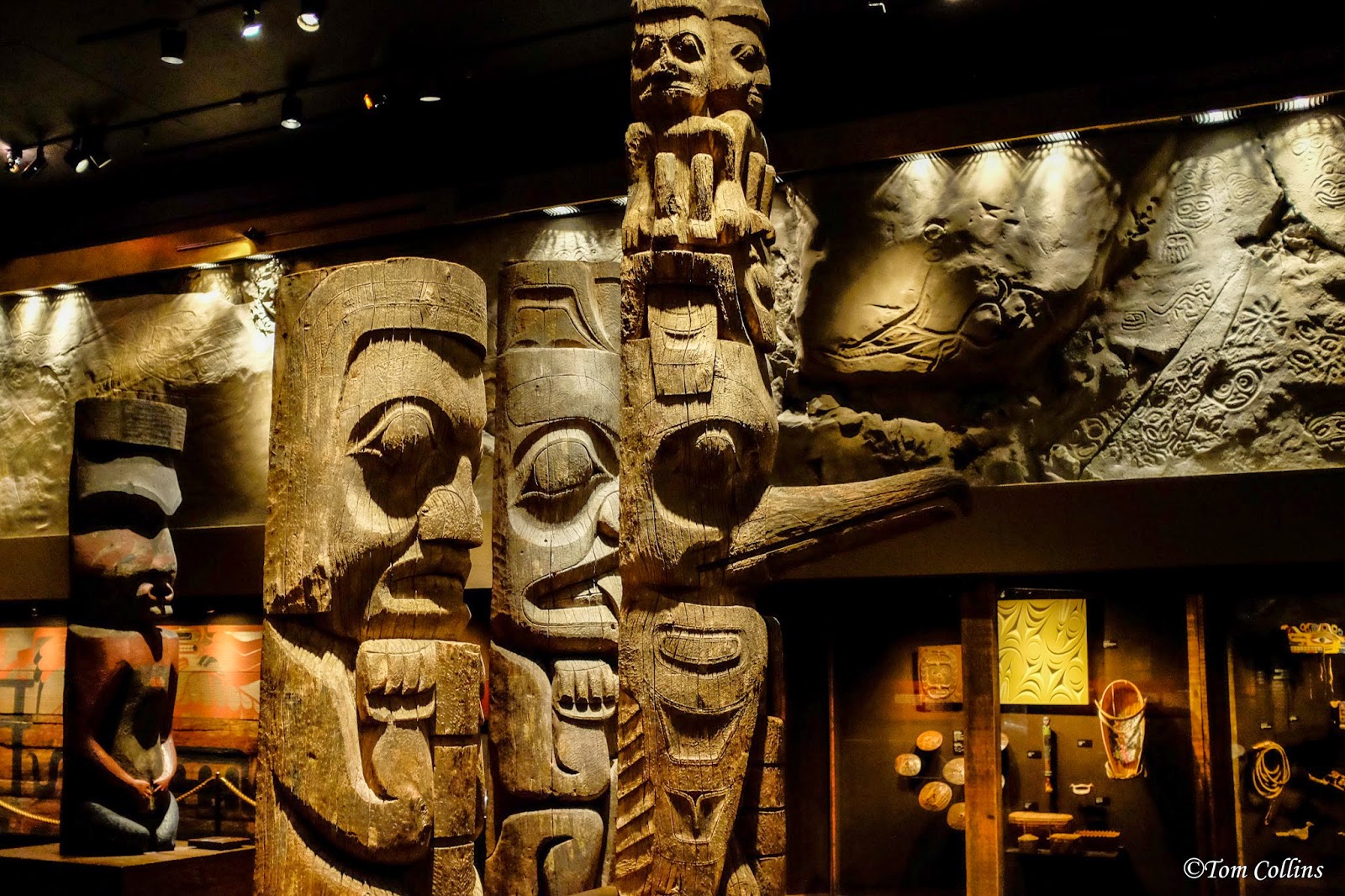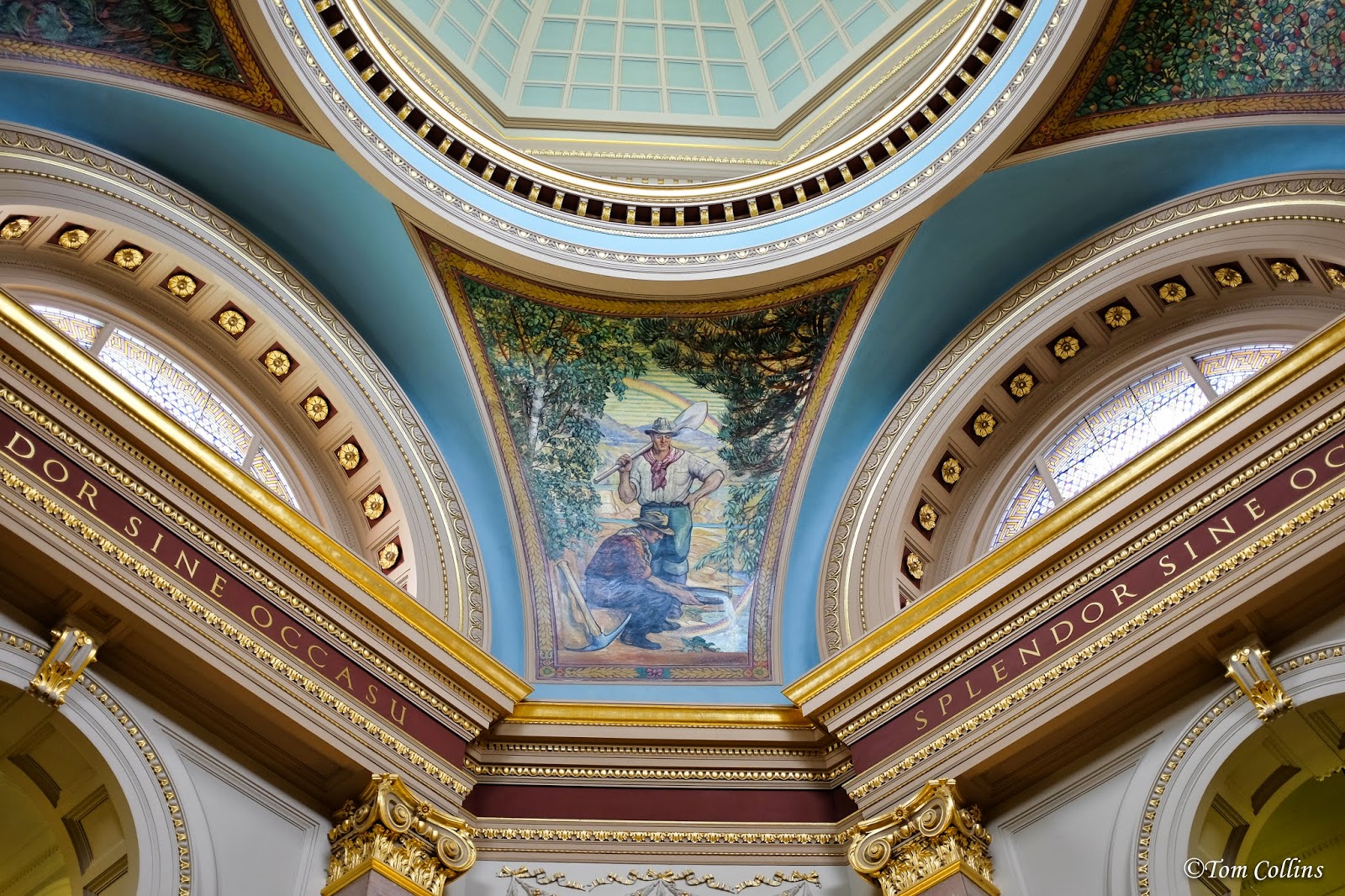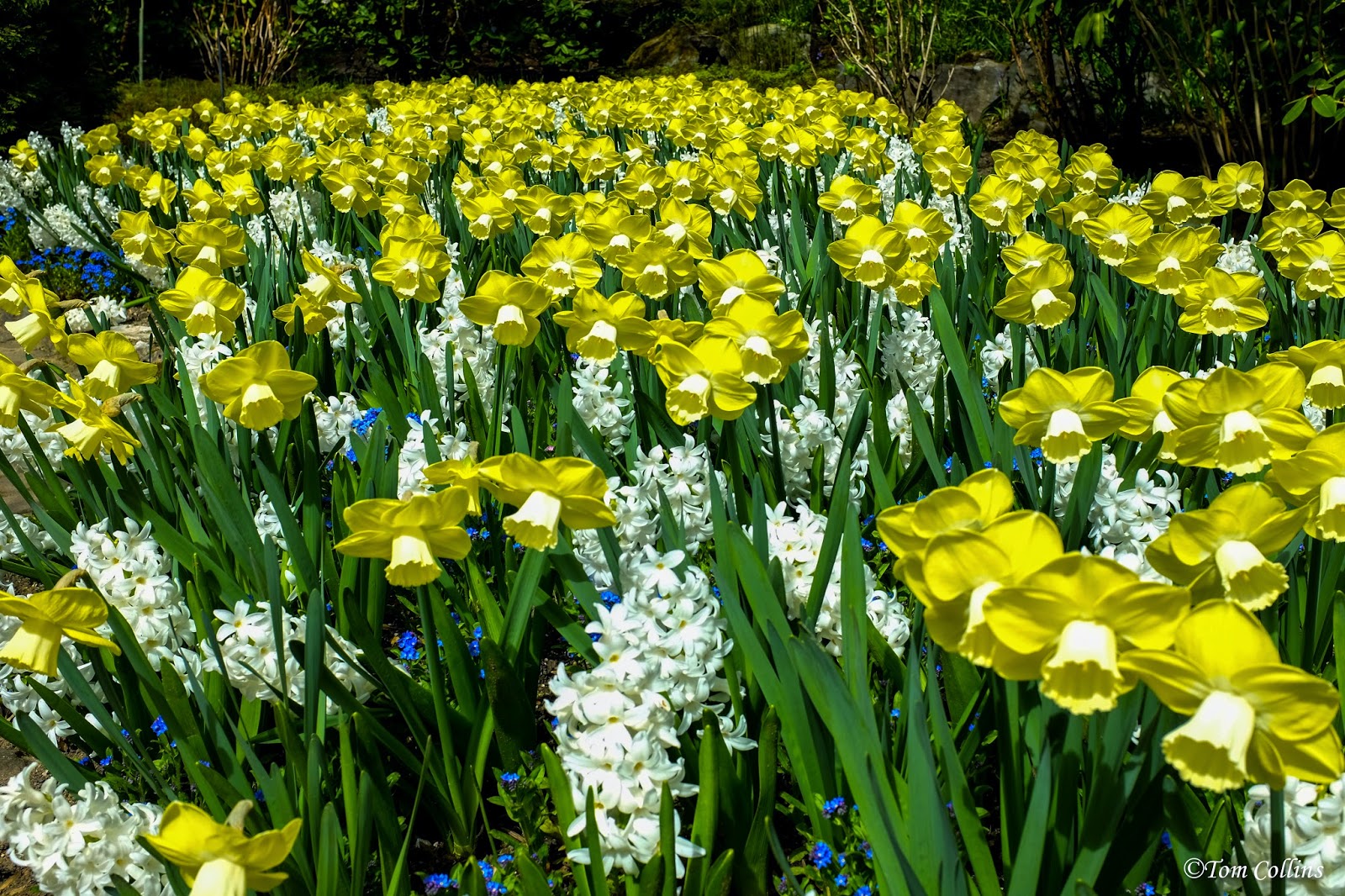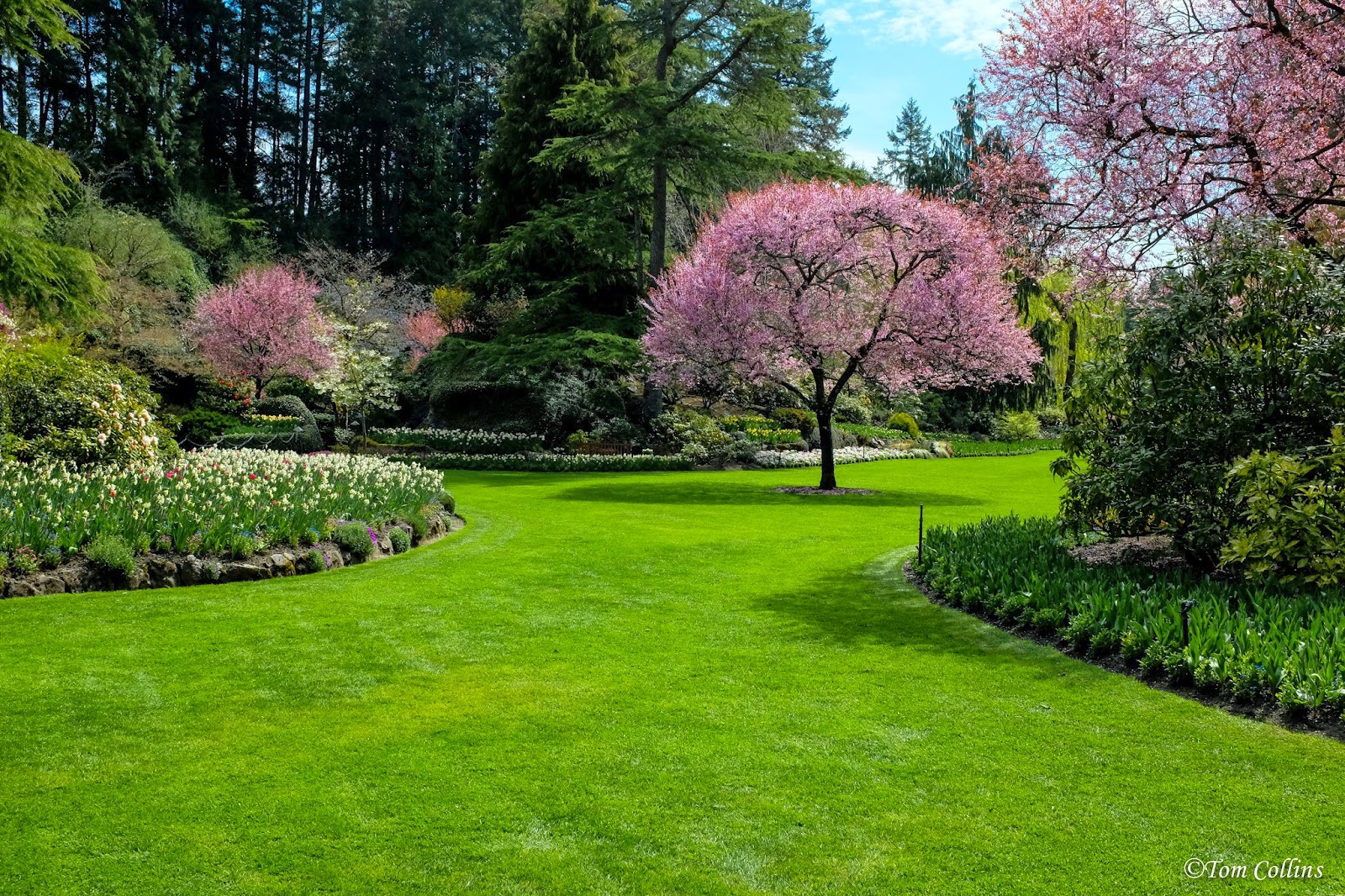 |
| The Little Dude, my travel companion on this trip. |
It's time for a three day road trip to check it out. Destination; Central and south central Cascade Mountains. Mount Adams and the Gifford Pinchot National Forrest. Pictures to follow.
O.k., I'm back and what a wonderful surprise it was to visit this part of the Washington Cascade range. Not sure why but this was one area I haven't been to but I will be going back frequently.
This being a solo trip, except for the Little Dude, this was my first trip with the Fuji XT-1 and it's "kit lens" the Fuji 18-55mm / f2.8-4 and wow, what a perfect little setup to travel with. Nice size, nice weight, easy to pack around on hikes and walks and just a blast to use with both an electronic view finder and a tilting LCD screen.
The trip begins at Randle, Washington at the intersection of State Highway 12 and National Forest Road 25. After turning south on FR25 for a very short distance the next left puts you on FR23 and immediately
the beauty of the Gifford Pinchot Forest begins to unfold. Fall travel through the Gifford Pinchot seems like the perfect time to go. Quiet and peaceful.
My destination for the end of my first day was the small town of Trout Lake, Washington. FR23 to Trout Lake is 56 miles and by typical standards, given that a portion of this road is not paved, the time to travel to Trout Lake should be about one and a half to two hours.
My journey to Trout Lake ended up taking closer to eleven hours. There's a lot to see and take in on this beautiful drive. Rivers and streams, small waterfalls, lakes and mountains, valley's and forest floors.
Add in the fact that I'm taking photos and the trip begins to take some time, especially when you stop every mile or two.
The FR23 turned out to be one of the nicest drives I've ever taken. Paved most of the way with about 10+ miles being unpaved but nicely graded. Hardly any traffic which was probably a benefit of traveling after school has started and on a weekday.
The scenery along the way is absolutely breathtaking.
 |
| The Cispus River |
 |
| The Cispus river |
 |
| Mt. Adams from Takhlakh Lake |
 Once you're here, at Takhlakh Lake, you're about halfway to Trout Lake, Washington but there's still much to see along the way. The road continues to climb and I'm not sure but I think you reach an elevation of around 5,000 feet. All along the drive are beautiful scenes of Mt. Adams.
Once you're here, at Takhlakh Lake, you're about halfway to Trout Lake, Washington but there's still much to see along the way. The road continues to climb and I'm not sure but I think you reach an elevation of around 5,000 feet. All along the drive are beautiful scenes of Mt. Adams.After arriving in Trout Lake, Washington your choices of places to sleep and eat are a little limited. There is a really great little market, a gas station and a couple of eateries. The people I met in town, where I ate and where I stayed were warm and friendly and made the stay there desirable enough to want to go back.
I stayed at the Trout Lake Valley Inn and had some of the best service in one of the cleanest, warmest motels I've ever stayed at. The folks that run and work there are nice and accommodating. The price to stay is unbelievably fair and and throw in the free Wi-Fi and the free breakfast and you just couldn't do better. I'll stay there again and recommend it highly.
I spent the next day traveling back and heading west through mountain roads, very few of which were paved. The rain came down and the clouds hung low hampering the photo part of my journey. So I did a little exploring and found an ice cave, natural bridges and an Indian Long House. This part of the drive took me toward Mt. St. Helens but the clouds were heavy and low so my only shot was the one below and I had to wait for quite some time for them to lift enough to get it.
I ended up cutting the trip a little short as the rain was not forecasted to stop but I still have to report that it was one of the best overnight trips I've had in the Cascades. And around these parts a little rain can't stop you from being out there.
 |
| Mt. St. Helens in the clouds and in the distance |
Thanks for reading and following along.
Tom






































